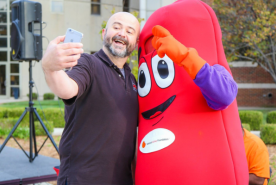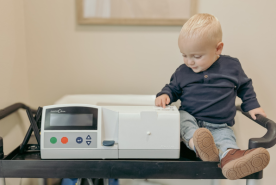
October 30, 2025
Advocacy
ACA Open Enrollment Begins November 1: What Kidney Patients Need to Know

October 28, 2025
Patient Education
Prevention & Awareness
15 Safe Exercises for CKD, Dialysis, and Post-Transplant Patients

October 27, 2025
Patient Education
Desmitificando la diálisis: opciones de tratamiento y cambios de vida

October 24, 2025
Professional Education
From Concept to Implementation: Developing a Quality Measure for Chronic Kidney Disease Patients with Hypertension

October 24, 2025
Professional Education
Partnering for Prevention: Addressing Chronic Kidney Disease Risk in Agricultural Worker Communities

October 23, 2025
Patient Stories
Radio Host Keeps Late Wife’s Memory Alive Through Her Kidney Disease Story

October 21, 2025
Patient Stories
Patient Education
¿Puedes tener una mascota si haces diálisis en casa? ¡Sí! Te contamos cómo

October 21, 2025
Resources & Tools
Medicamentos asequibles para todos: ahorra hasta un 80% con la tarjeta BuzzRx® de NKF
Learn More About Kidney Health
NKF Press Room
Access the latest press releases, media resources, and contact information from NKF.




